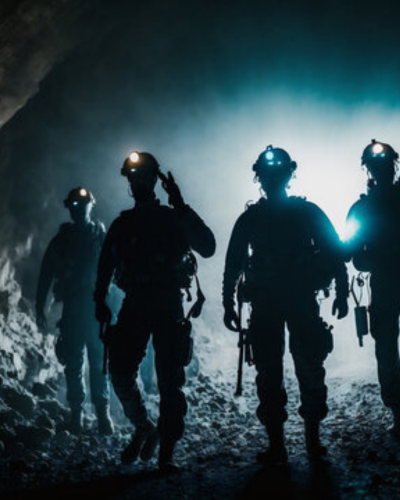

Date: March 29, 2025

Discover how magnetometer and resistivity surveys revolutionize mineral exploration. Understand their scientific principles and how modern mining companies like DVS Mining leverage them for efficient and eco-friendly resource discovery.
A magnetometer measures the Earth's magnetic field and detects variations caused by the presence of magnetic minerals like magnetite, pyrrhotite, or even buried metal objects. These subtle magnetic anomalies help geologists create a magnetic map of the subsurface.
Electrical resistivity is a method where electrical current is passed into the ground, and the resistance to that current is measured. Different rocks and minerals conduct electricity differently, making it possible to map underground structures.
When used together, magnetometer and resistivity surveys provide a complete geophysical profile. While magnetometers detect metallic and magnetic anomalies, resistivity surveys reveal the electrical nature of the subsurface. This combo allows mining teams to reduce guesswork, optimize drilling locations, and minimize environmental impact.
At DVS Mining, geophysical science meets strategic exploration. By integrating advanced magnetometer and resistivity surveys into their exploration workflow, DVS ensures:
This commitment to science and sustainability is what makes DVS Mining a trusted name among exploration-driven mining operations.
"A relevant quote to add value and context to the blog post."
Summarize the blog post here and provide a closing statement. Encourage readers to engage with comments or contact the company for more information.
Whether you're looking for more information or ready to start a project with us, we're here to help. Get in touch with us today!